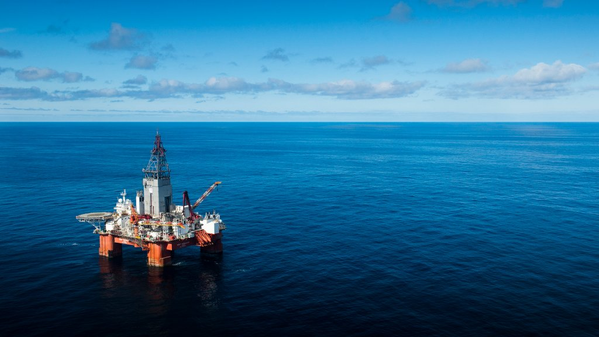
Norwegian oil and gas company Equinor has completed drilling of the offshore exploration well Helleneset, formally known as well 30/6-31 S, without finding hydrocarbons.
The well was using the West Hercules semi-submersible drilling rig drilled about 7 kilometers southeast of the Oseberg C platform in the North Sea and 140 kilometers west of Bergen.
The objective of the well was to prove petroleum in Middle Jurassic reservoir rocks (Intra Heather Formation sandstones).
According to the Norwegian Petroleum Directorate, the well encountered poorly developed sandstones in the Intra Heather Formation with poor reservoir quality and no traces of petroleum and is classified as dry.
This was the 31st exploration well in production license 053. The license was awarded in the 4th licensing round in 1979.
The well was Well 30/6-31 S was drilled to respective vertical and measured depths of 2830 meters and 2852 meters below sea level. The well was terminated in the Ness Formation in the Middle Jurassic.
The water depth at the site is 107 meters. The well has now been permanently plugged and abandoned.
The West Hercules rig will now move to drill wildcat well 35/10-5 in production license 827 S in the northern North Sea, where Equinor is also the operator.